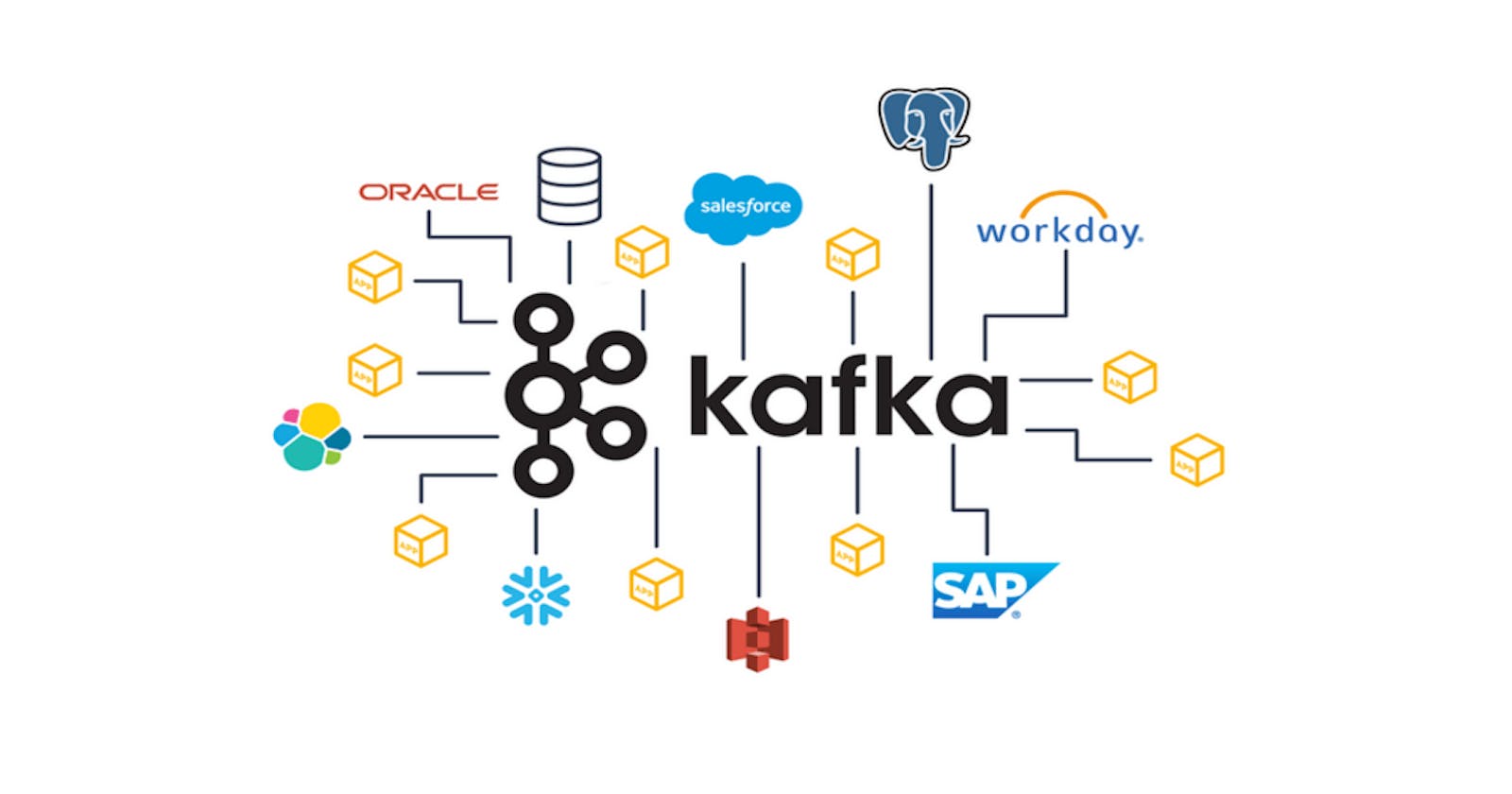What is Kafka ? Let’s assume, I am explaining this to a 5 year old. So, what is Kafka ? — Assume, you have a lot of toys in a storehouse that needs to be arranged and kept in the right place. For a start when the number is small, you can manage the toys label them and store them safely in the right place by yourself but now as more toys keep arriving, you need a helping hand and that helping hand is Kafka. You have tons of data coming in and you need a technology to receive that data continuously, store it in the right place and send it to the right place when requested. Kafka acts like that one stop destination for your data. e.g on a very high level, this is the flow
Data generated from some source — —> send to Kafka
That’s it, for now think about it this way. Hope this is enough for a start.
Apache Kafka is an open-source distributed event streaming platform that is designed for high-throughput, fault-tolerant, and scalable data streaming. Here are some key points about Apache Kafka :
Distributed Streaming Platform:
Kafka is designed to handle real-time data streams in a distributed and scalable manner.
It allows the publishing and subscribing to streams of records, similar to a message queue but with additional features.
Topics and Partitions:
Data in Kafka is organized into topics, which are logical channels for publishing and subscribing to records.
Each topic is divided into partitions, which allow for parallel processing and scalability.
Producers:
Producers are responsible for publishing records (messages) to Kafka topics.
Records are key-value pairs and can contain any type of data.
Consumers:
Consumers subscribe to topics and process the records produced by the producers.
Kafka allows multiple consumers to form consumer groups, enabling parallel processing and load balancing.
Brokers:
Kafka runs as a cluster of servers, where each server is called a broker.
Brokers store data, serve client requests, and manage the distribution of data across partitions.
Durability and Fault Tolerance:
Kafka ensures durability by persisting records on disk and replicating them across multiple brokers.
If a broker fails, the data is still available from replicas, ensuring fault tolerance.
Scalability:
Kafka scales horizontally by adding more brokers to the cluster.
The partitioning mechanism allows Kafka to distribute data and processing across multiple servers.
Streaming and Processing:
Kafka provides Streams API for building applications that process and analyze data streams in real-time.
Integration with tools like Apache Flink and Apache Storm allows complex stream processing.
Log-Structured Storage:
Kafka uses a log-structured storage mechanism, where records are appended to immutable logs.
This design simplifies data retrieval and ensures efficient disk I/O.
Use Cases:
- Kafka is widely used in scenarios such as real-time event processing, log aggregation, data integration, and messaging in microservices architectures.
Community and Ecosystem:
- Kafka has a vibrant open-source community and a rich ecosystem of connectors, tools, and extensions.
Apache Kafka has become a fundamental component in many modern data architectures, providing a reliable and scalable solution for managing real-time data streams.
Here is the website link of Apache Kafka - https://kafka.apache.org/

